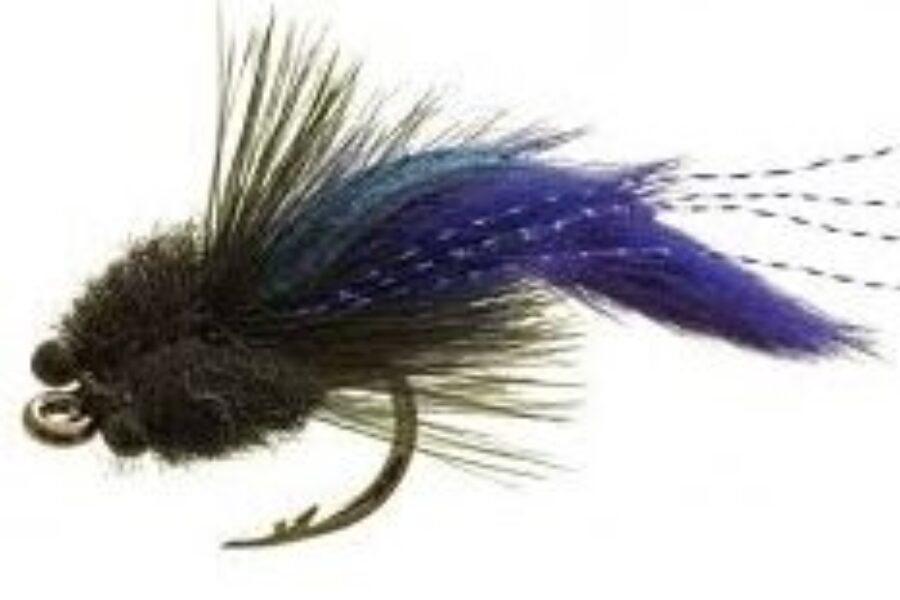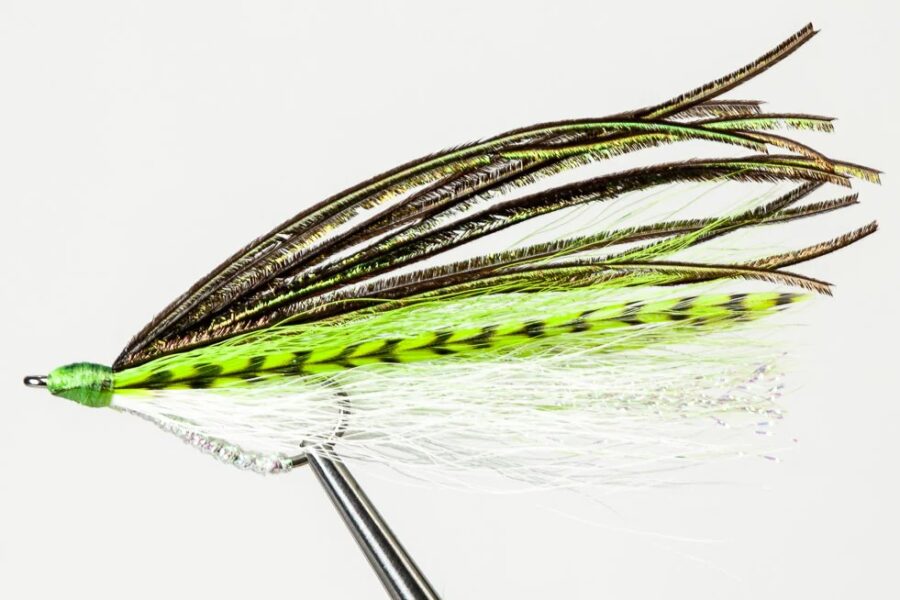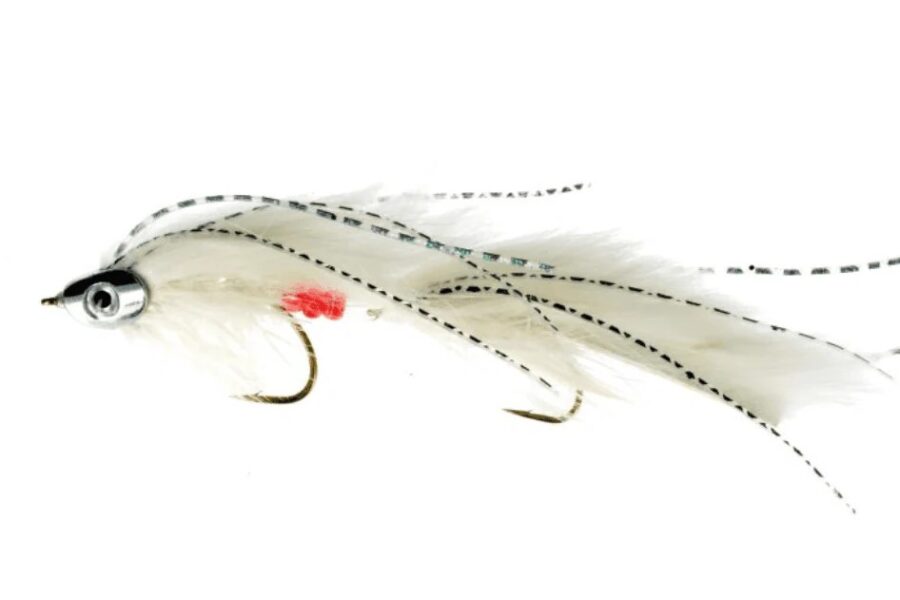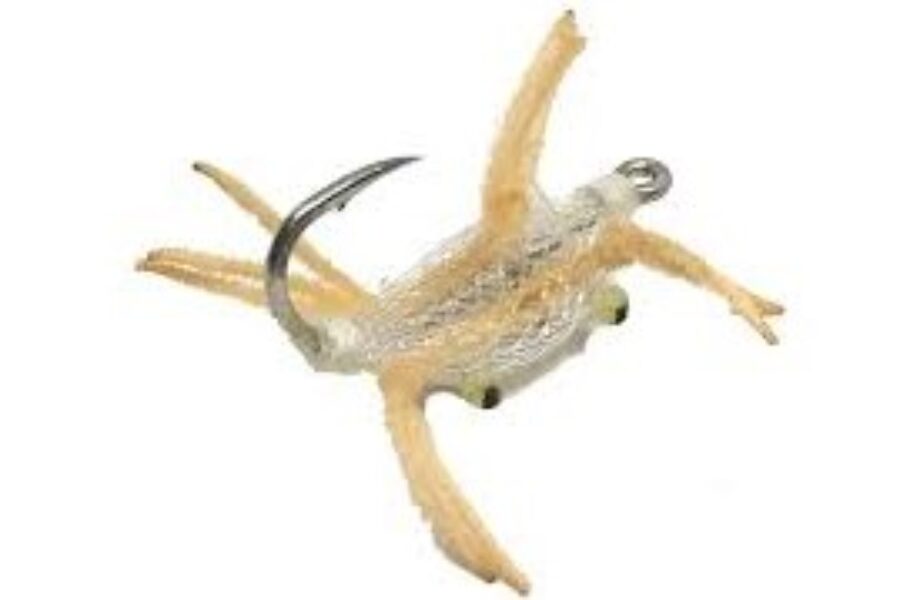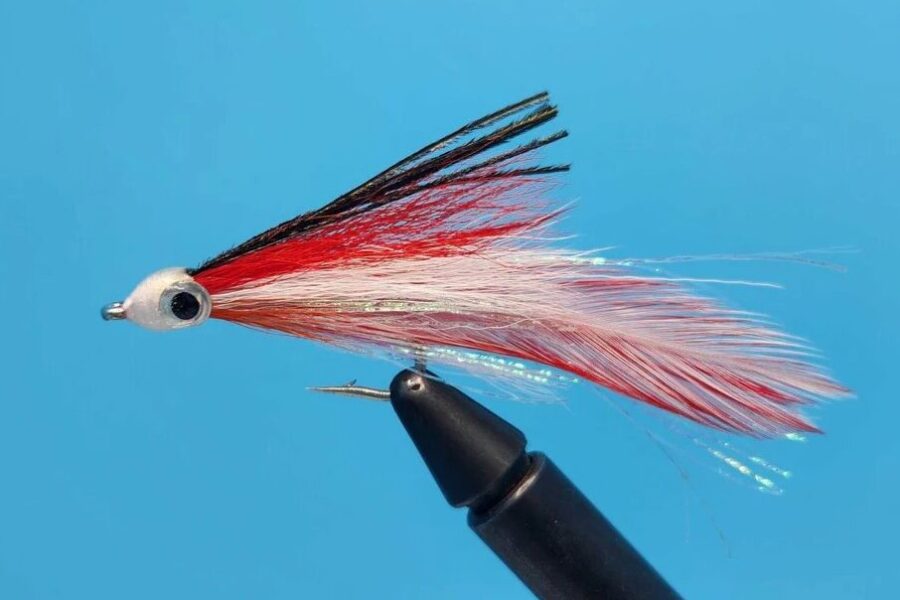Expert Guide to Fishing with Different Types of Bait
Fishing is a beloved pastime that can be enjoyed by people of all ages and backgrounds. Whether you’re a seasoned angler or a beginner, the joy of casting a line and reeling in a catch is unparalleled. However, to become a truly skilled fisherman, it’s essential to understand the various techniques and strategies that can help you succeed on the water. One crucial aspect of fishing is knowing how to use different types of bait effectively. In this article, we’ll explore the world of fishing bait and provide you with valuable tips to enhance your angling prowess.
Essential Bait Presentation Techniques
Mastering Natural Bait Movement
When it comes to presenting your bait, the key is to make it look as natural as possible. Fish are more likely to bite when the bait appears to be a part of their natural environment. One way to achieve this is by allowing some slack in your line after casting. This gives the bait a more organic movement in the water, mimicking the behavior of real prey. However, be careful not to leave too much slack, as this can hinder your ability to detect bites and set the hook effectively.
Using Live Bait Effectively
While artificial lures such as saltwater flies can be highly effective, certain fish species have a strong preference for live bait. For example, when targeting smallmouth bass or walleye, using live bait such as leeches can be a game-changer. Leeches are particularly appealing to these fish due to their natural movement and scent in the water. To keep your leeches fresh and lively, store them in a container with cool water and a small amount of vegetation. Regularly check on them throughout your fishing trip and replace any that appear sluggish or lifeless to ensure you’re presenting the most enticing bait possible.
Equipment Care and Preparation
Hook Maintenance Essentials
A sharp hook is essential for successful fishing. Dull or damaged hooks can significantly reduce your chances of landing a catch, as fish may not be properly hooked or may easily escape. Before each fishing trip, take the time to inspect your hooks carefully. If you notice any signs of wear or dullness, either sharpen them or replace them with new ones. It’s also a good idea to carry extra hooks in your tackle box, so you can quickly switch them out if necessary during your fishing session.
Selecting Quality Fishing Tools
A sharp and reliable fishing knife is an essential tool in any angler’s arsenal. When selecting a knife for your fishing adventures, look for one with a rust-resistant blade to withstand the harsh aquatic environment. A good fishing knife should also have a comfortable grip and a sturdy sheath for safe storage. In addition to cutting lines and cleaning fish, a knife can come in handy for various tasks, such as removing hooks or preparing bait. Always keep your knife sharp and clean to ensure it’s ready for action whenever you need it.
Essential Gear Management
When heading out for a day of fishing, it’s tempting to bring every piece of gear and accessory you own. However, carrying an excessively heavy tackle box can quickly become burdensome and hinder your mobility. Instead, focus on packing the essentials for the specific type of fishing you plan to do that day. Before embarking on any fishing trip, double-check your gear to ensure you have everything you need. Create a checklist of all necessary items and physically confirm that each one is present and in good condition.
Advanced Fishing Strategies
Reading Natural Fish Indicators
One often overlooked tip for locating fish is to observe the behavior of nearby birds. Many bird species, such as seagulls and osprey, feed on fish and can provide valuable clues about their presence. If you notice birds diving into the water or congregating in a specific area, it’s a good indication that fish are likely swimming below the surface. By keeping a close eye on the birds’ activity, you can increase your chances of discovering productive fishing spots and ultimately boosting your success rate.
Understanding Fish Habitats
When fishing in open water, especially in deep sea conditions, keeping an eye out for fish-holding structures can greatly improve your chances of success. Look for floating debris, such as driftwood or seaweed, as these objects often attract baitfish and, in turn, larger predatory fish. Seagulls diving into the water can also indicate the presence of small fish, which may be accompanied by bigger fish beneath the surface. By identifying these natural fish-holding structures, you can target your efforts more effectively and increase your odds of landing an impressive catch.
Managing Aquatic Vegetation
Fishing in areas with abundant plant life can be both a blessing and a curse. While vegetation provides shelter and food for fish, it can also snag your line and cause frustration. However, don’t let this deter you from fishing in these areas, as they often hold a wealth of fish. When dealing with vegetation, use weedless hooks or lures designed to navigate through the plants without getting caught. Additionally, practice patience and take your time when retrieving your line to minimize the risk of snags.
Technical Skills
Essential Knot Techniques
Tying a reliable knot is crucial for securely attaching your hook or lure to the fishing line. The improved clinch knot is a popular choice among anglers due to its strength and simplicity. To tie this knot, begin by threading the end of the line through the eye of the hook, then double back and make five or six turns around the standing line. Next, pass the end of the line through the first loop formed behind the eye, and then through the large loop created by the turns. Moisten the knot with saliva or water before pulling it tight to ensure a smooth and secure finish.
Professional Fish Landing Methods
When you successfully hook a fish, it’s essential to handle it properly to minimize stress and increase its chances of survival upon release. Avoid allowing the excitement of the catch to cause you to panic or rush. Instead, keep your rod at a 45-degree angle relative to the water and maintain steady pressure on the fish. If the fish is swimming away from you, avoid reeling against its direction, as this can cause the line to break or the hook to pull free. Once you have the fish under control, use a landing net to safely bring it in, and remove the hook carefully with pliers or hemostats.
Practical Fishing Considerations
Comfort and Safety Tips
One often overlooked item that should always find its way into your fishing gear is bug spray. When you’re out on the water or along the shoreline, you’ll likely encounter a variety of insects, including mosquitoes, gnats, and flies. These pests can quickly turn a pleasant fishing experience into an uncomfortable and frustrating one. To protect yourself from bites and ensure a more enjoyable outing, pack a reliable insect repellent and apply it liberally before and during your fishing session. Look for a formula that provides long-lasting protection and is safe for use on skin and clothing.
In conclusion, mastering the art of fishing with different kinds of bait requires a combination of knowledge, skill, and patience. By understanding the importance of natural presentation, keeping your hooks sharp, and learning from the behavior of nearby birds, you’ll be well on your way to becoming a more successful angler. Additionally, practicing essential skills like tying the improved clinch knot and handling fish properly will contribute to your overall fishing prowess. Remember to pack light, bring bug spray, and always double-check your gear before setting out on your fishing adventure. With these tips in mind and a willingness to adapt and learn, you’ll be able to enjoy the wonderful world of fishing to its fullest, no matter what type of bait you choose to use.

